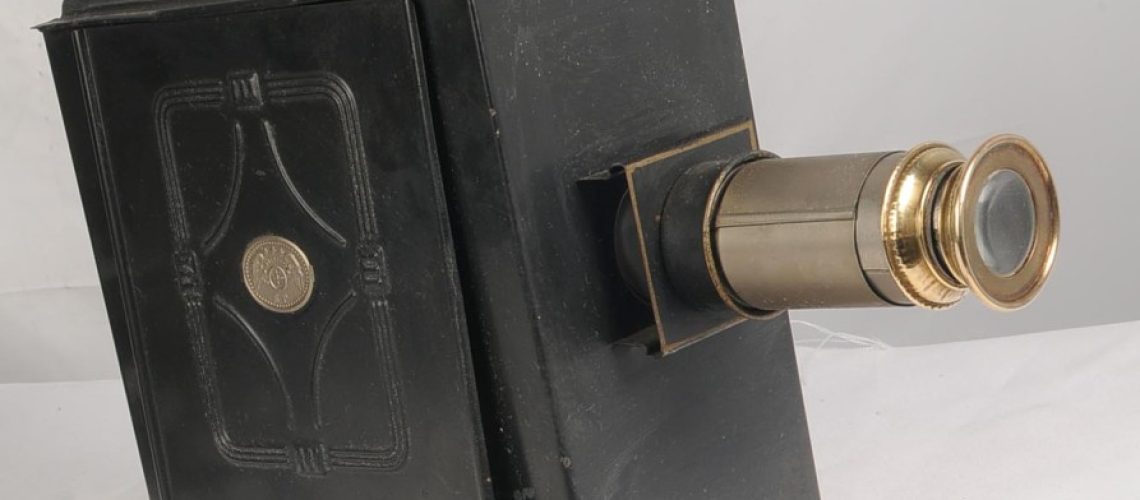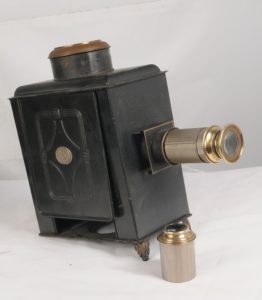Few occult artifacts have created as much consternation or debate over its design, use, or even morality as the Tepaphone. Billed as a magical destructive device without equal, its history remains a fascinating subject.
The first recorded mention of the Tepaphone comes, allegedly, from the writings of Franz Bardon. Bardon was a Czech occultist and wrote three books on Hermetic Magic. There is a fourth book attributed to him, and released posthumously, in 1979. The book, Frabato the Magician, is alleged to be an autobiography, however there is debate over this. Some have pointed to Bardon’s secretary, Otti Votavova, as the true author of the work. Regardless, there are obviously parts of the book that are based on Bardon’s real life. It is from this book that the Tepaphone was first mentioned.
Bardon was born in 1909 in Troppau and began studying Hermetics, it would be during the time between the World Wars that he would encounter the fabled Tepaphone. Created by the F.O.G.C. Lodge and used by the Fraternity of Saturn. The Tepaphone was a tool that was described as able to attack both the astral and physical bodies of a subject using only a photograph.
In Frabato Barton ran afoul of the F.O.G.C. Lodge and found himself targeted by the device. The book describes Barton’s photo being secured on the witness plate of the Tepaphone and the light source being ignited. At the same time the other members of the Lodge form a circle around the device and started to “condense the element of fire to the physical plane.”
Barton finds himself becoming hot and writes that he called out for help and was told by “The Good” to “Avert with Water”. Doing so Barton was able to stave off the attack and save himself.
The Tepaphone was described as containing various lenses and a light source that was focused on a copper plate that served to hold the photo or other witness object. The light was produced by a lamp that used a fuel of high proof alcohol. Based on this description many have concluded that the Tepaphone was a kind of “magic lamp” or Radionics box.
Many designs have been created based on the scant information provided in Frabato and can be easily found floating around on the internet. Cosimano suggests four outlines for designs here. These range from the complex to the extremely simple. Once a basic understanding of the fundamentals of how a Tepaphone works, ambitious practitioners can create their own designs and experiment.
Bardon, for his part, would find himself imprisoned by the Nazis and eventually rescued by Soviet soldiers when the camp was raided. Bardon continued his work with Hermetics until he died in 1958 from pancreatitis. While his works did not become as popular as others the description of the Tepaphone he left to us remains an important piece of history.



